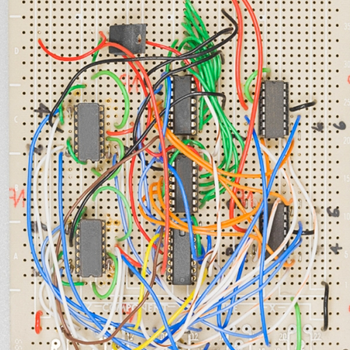In reaction: 2H₂O(g)⇌2H₂(g)+O₂(g); ∆H=+242 kJ/mol In which direction the equilibrium shifts, if: a. Temperature is increased? b. Temperature is descreased? c. H₂ is added? d. O₂ is reduced? e. Pressure is enlarged?
3 Answers
Left: a,c,e
Right: b,d
Explanation:
Le Chatelier's principle states that equilirbium shifts to the direction which will counteract the effect of change.
Therefore:
a: If temperature is increased, equilibrium shifts to left, which is endothermic direction.
b It is contrary to a. Equilibrium shifts to right(exothemic direction).
c If
d Equilibrium shifts to the direction that produces
e The direction to reduce the pressure is left.
See also:
https://www.chemguide.co.uk/physical/equilibria/lechatelier.html
a. shift to left
b. shift to right
c. shift to left
d. shift to right
e. shift to left
Explanation:
Reaction shifts are pretty easy to identify if you think of the balanced equation as a literal "balance". Changing something on one side requires something to change on the other side to maintain the balance (equilibrium).
The same is true for thermodynamic (heat) effects. If the reaction requires heat input, adding more will make it proceed faster, and decreasing it will make it go slower.
In this case, the '+'
Pressure affects the reaction rate , but not the equilibrium position. However, le Chatelier's Principle applied to gases will tend to reduce the total molar volume. Thus, higher pressure will shift the reaction to the left (2 molecules) from the right (three molecules).
The reaction is endothermic so the forward reaction is endothermic.
If the temperature is increased, the equilibrium would shift to the right so more reactant is made and vice versa.
If more hydrogen is added, more water, more reactant is produced so equilibrium shifts to the left.
If Oxygen is reduced, more water will decompose to produce more products so equilibrium shifts to the right.
If pressure is increased, the equilibrium will shift to the side with fewer moles of gas; 2:3 so more water will be formed than products. The equilibrium will shift to the left.



